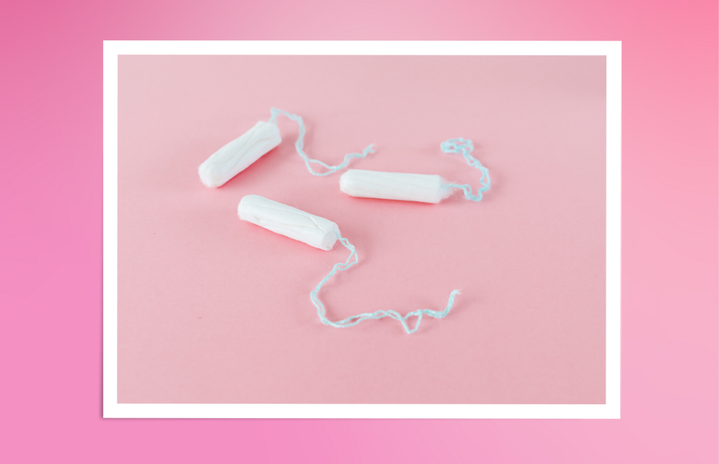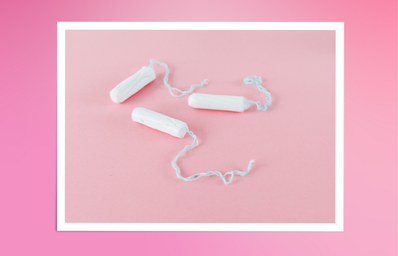Women are constantly taken advantage of in the U.S market and in the healthcare industry. This branches from period product companies selling tampons with metals in them that have a plethora of negative health effects, to companies charging more for “feminine” packaging in comparison to their neutral or emasculated products. And the worst part is, it works. There is little action being done to combat this inequality as a whole.
fda investigation
I’m sure many people have heard of the ongoing FDA investigation regarding menstruation products. The FDA investigation was originally sparked by the discovery of lead, arsenic, and cadmium in tampons currently on the market by a researcher at UC Berkeley. Metals can increase chances of many health issues, such as dementia, diabetes, infertility issues, and even cancer (UC Berkeley, 2024). The researchers at Berkeley conducted a study with 30 tampons from 14 different brands, including organic, non-organic, name brands, and generic brands. They found that all tested tampons had trace metals in them, with non-organic typically containing more lead and organic containing more arsenic (UC Berkeley, 2024). So no matter which route you take, it is a matter of picking your poison. The FDA released a statement on September 10th saying that the UC Berkeley study did not test for metals being absorbed into vaginal lining from the tampons, just if they were present or not. The FDA claims that all tampons on the market have met FDA regulations in order to be sold. They are currently conducting a risk-assessment with products on the market to determine if the effects are concerning or not.
the tampon tax
On a similar note, period products – despite being necessary to perform everyday functions – are still being taxed. 21 states still have taxes of 4-7% on menstruation products. While most states don’t tax “essential goods” such as many foods and medicine, they still tax items regarding women’s menstrual health. It is estimated that the average America woman will spend around $6,000 on period products before tax in her lifetime. Texas was the most recent state to abolish the “tampon tax” making it illegal in September of 2023.
THE PINK TAX
So, what is the “Pink Tax”? The term “Pink Tax” is used to describe the difference in price for products targeted towards females, particularly through more “feminine” packaging. Essentially the Pink Tax functions as a “hidden tax” – when there is an upcharge on the actual shelf price of an item before tax is applied upon purchase. The city of New York conducted a study to determine to what lengths the Pink Tax affects prices. In every industry examined, products targeted towards female consumers were more likely to cost more. This issue also isn’t just specific to adult women, but also to children and the elderly. Women’s clothing and hygiene products are the most likely to be more expensive than their male counterparts – costing more than them roughly 40% and 56% of the time, respectively.
moving foward
How can we fix the system that is so adamant on financial prosperity, even if it means exploiting half of the U.S population? I recommend doing your research before buying products. Comparing the cost difference between products and determining if the more “feminine” one is actually worth the difference in price is one way to do so. As far as avoiding the metals in menstrual products, I advocate for switching to other products such as pads, menstrual cups, and period underwear until the FDA has finished their investigative process.



